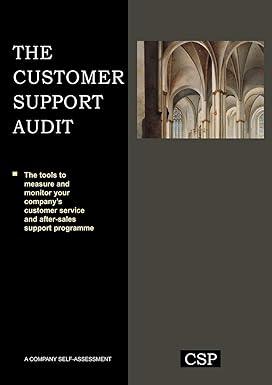Question
The R&D department has prepared a proposal to design a new product, which requires an initial investment of $1,500,000. The product will take one year
The R&D department has prepared a proposal to design a new product, which requires an initial investment of $1,500,000. The product will take one year to become ready to be introduced to the targeted market and the first revenue is obtained within one year since then. The first revenue is estimated to be $300,000, and there will be an annual increase of $100,000every year thereafter. However, market analysis indicates that the product must be retired six years after when it is introduced to the market.
The CEO of the company can also devote the entire initial investment cost to purchase a 10-year bond with a coupon interest rate of 4%, compounded semi-annually. (That is, the face value of the bond is $1,500,000.) The bond can be returned to the issuer early, but there will be a penalty applied to the face value: for each year that the bond is returned early, there will be 6% penalty to the face value. Hence, for example, if the bond is planned to be returned after 8 years, the company will only receive bond payments until the end of the 8thyear, and it receives $1,500,000 * (100%-6% -6%) = $1,320,000 (instead of the initial face value of $1,500,000).
Suppose the first option (i.e., the new product) cannot be repeated. First, decide about the planning horizon, and then use present worth analysis to choose the best option for the company. (Dont forget to draw the cash flow diagram.)
Step by Step Solution
There are 3 Steps involved in it
Step: 1

Get Instant Access to Expert-Tailored Solutions
See step-by-step solutions with expert insights and AI powered tools for academic success
Step: 2

Step: 3

Ace Your Homework with AI
Get the answers you need in no time with our AI-driven, step-by-step assistance
Get Started


